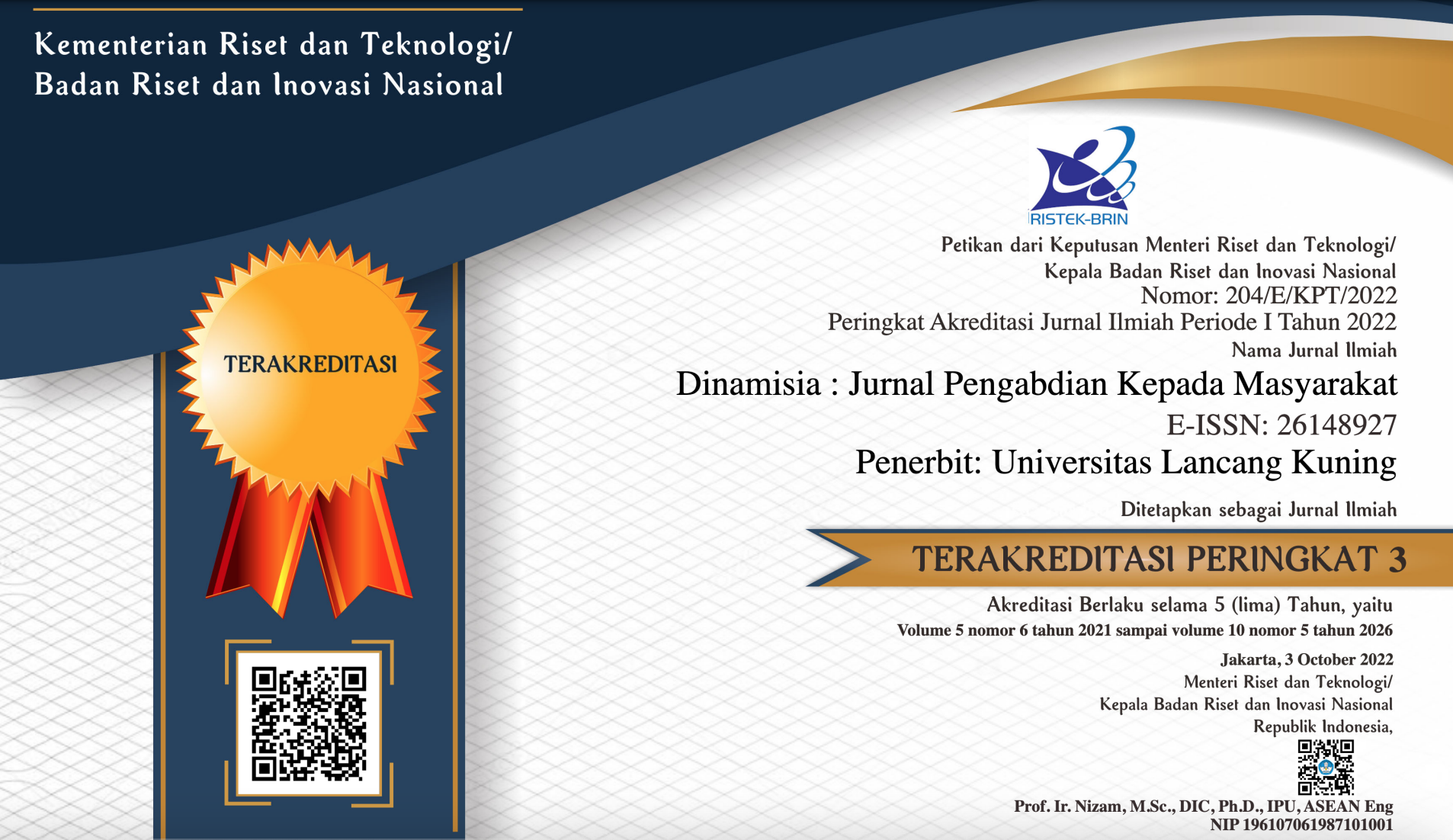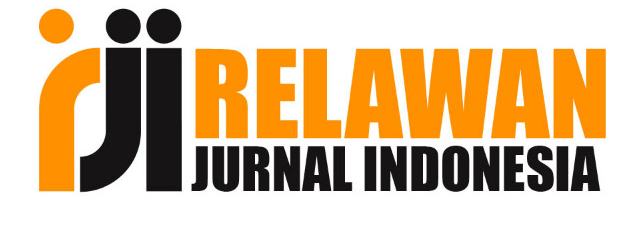PENGEMBANGAN PERPUSTAKAAN SEKOLAH BERBASIS TEKNOLOGI INFORMASI DI SMA NEGERI 2 DAN SMA NEGERI 3 PADANG
Abstract
The purpose of science and technology activities for the Society (IbM) is to solve problems in the school library by providing understanding and management of libraries to library officer or teachers placed in the library to be able to manage the school library based on information technology in accordance with established standards. In this activity, it will solve the problem completely from conceptual understanding and conducting school library management practices based on information technology with the implementation of library automation system using Senayan Library Management System (SLiMS) and socialization of information literacy in the school library.The method offered to solve the problem of school library management based on information technology is the training is used lecturing method, question and answer, group discussion, and practice. Then this is followed by information socialization activities information technology-based information for all school members. Training activities accomplished properly according to the expected objectives of the program. This activity received a positive response from various parties and trainees can apply the use of SLiMS software in school library management. From the socialization activities for information literacy performed by involving all elements schools can increase their citizens’ understanding of various sources of information that can be utilized. So hopefully the school library can provide better service and the existence of school libraries will contribute significantly to the society.
Downloads
References
[2]Lasa. 2009. Manajemen perpustakaan sekolah. Yogyakarta: Pinus.
[3] Mishra, R.N dan C. Mishra. 2010. Relevance of information literacy in digital environment. Journal of Emerging Trends in Computing and Information Sciences, 1, 48-54, Diakses dari http://www.cisjournal.org, pada tanggal 15 Oktober 2017.
[4] Yusoff, M, Rahman, S.,A., Mutalib, S., and Mohammed, A. , 2006, Diagnosing Application Development for Skin Disease Using Backpropagation Neural Network Technique, Journal of Information Technology, vol 18, hal 152-159.
[5]Pendit, Putu Laxmana, dkk. 2007. Perpustakaan Digital : Perspektif Perpustakaan Perguruan Tinggi Indonesia. Jakarta: Sagung Seto.
[6] Pendit, Putu Laxmana. 2008. Perpustakaan Digital dari A sampai Z. Jakarta: Cita Karyakarsa Mandiri.
[7]Rahmah, Elva. “Strategi Perencanaan Perpustakaan Digital dalam Konteks Manajemen”.Jurnal Kepustakawanan dan Masyarakat Membaca.Vol. 27, No. 2. Hlm. 1-22.
[8] Sinaga, Dian. 2011. Mengelola Perpustakaan Sekolah. Bandung: Bejana.
[9] Siregar, A. Ridwan. 2004. Perpustakaan: Energi Pembangunan Bangsa. Medan:USU Press.
[10] Suhendar, Yaya. 2014. Panduan Petugas Perpustakaan: Cara Mengelola Perpustakaan Sekolah Dasar. Jakarta: Prenada.
[11] Sulistyo-Basuki. 1993. Pengantar Ilmu Perpustakaan.Jakarta :Gramedia Pustaka Utama.



















